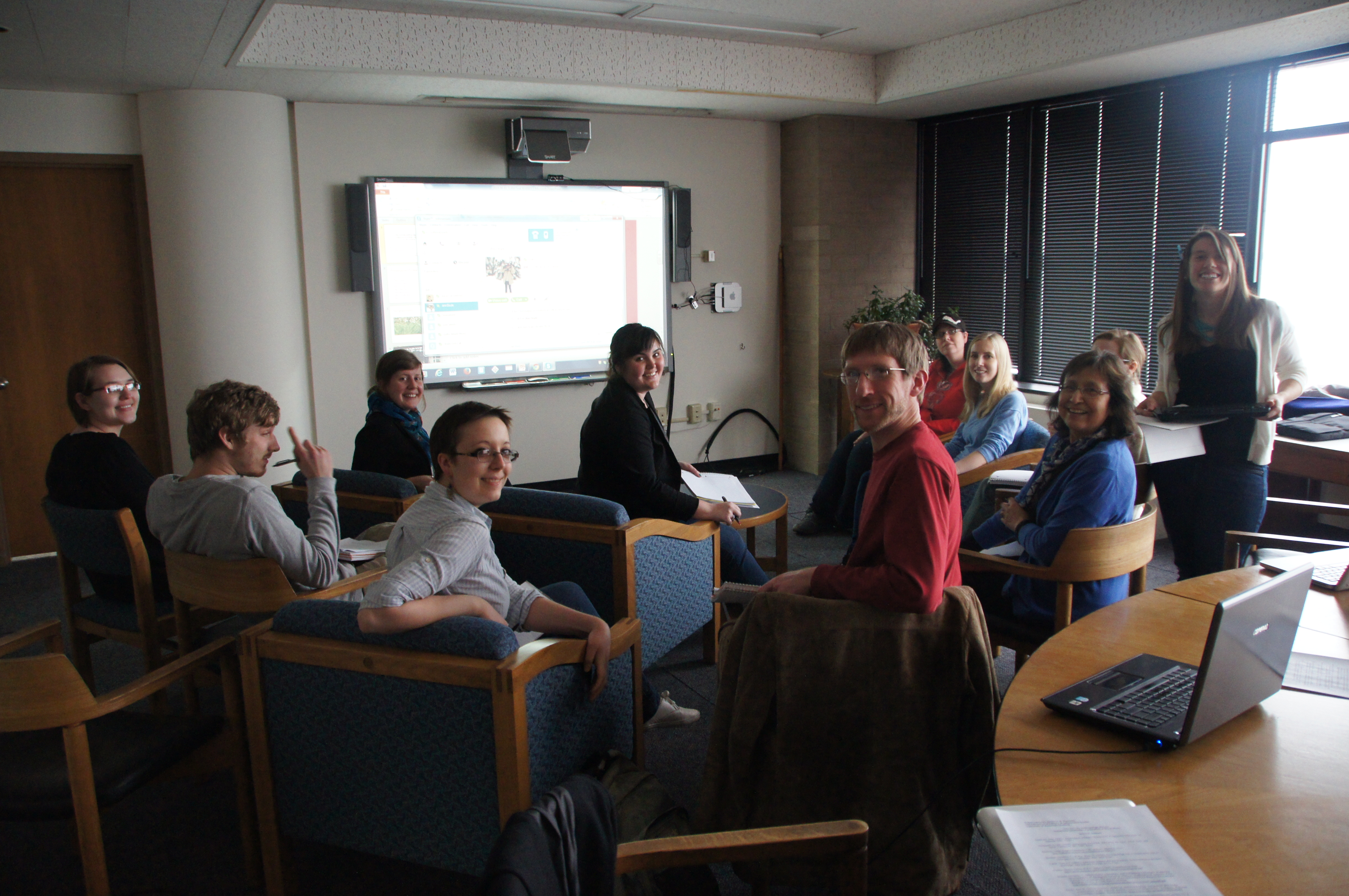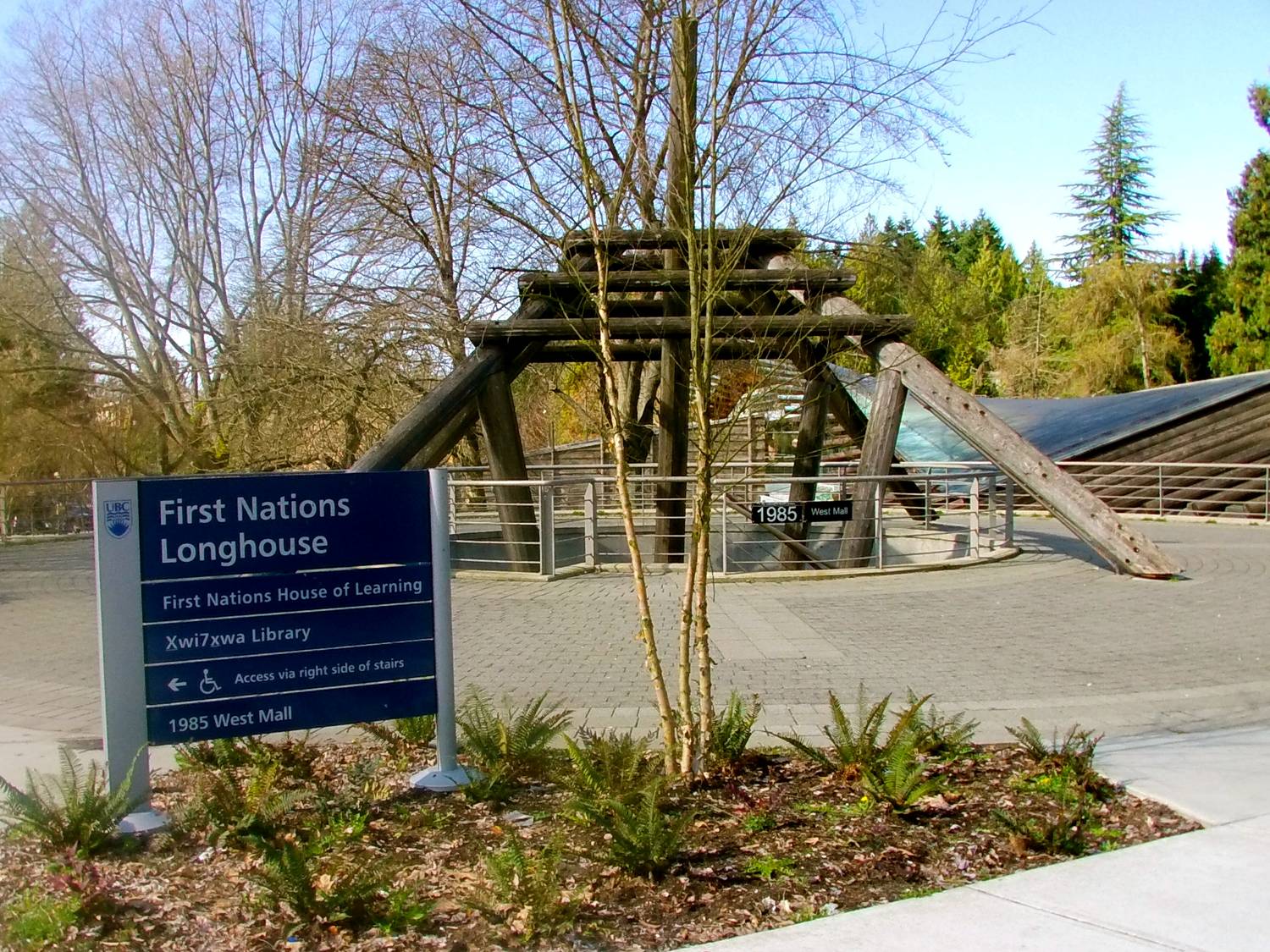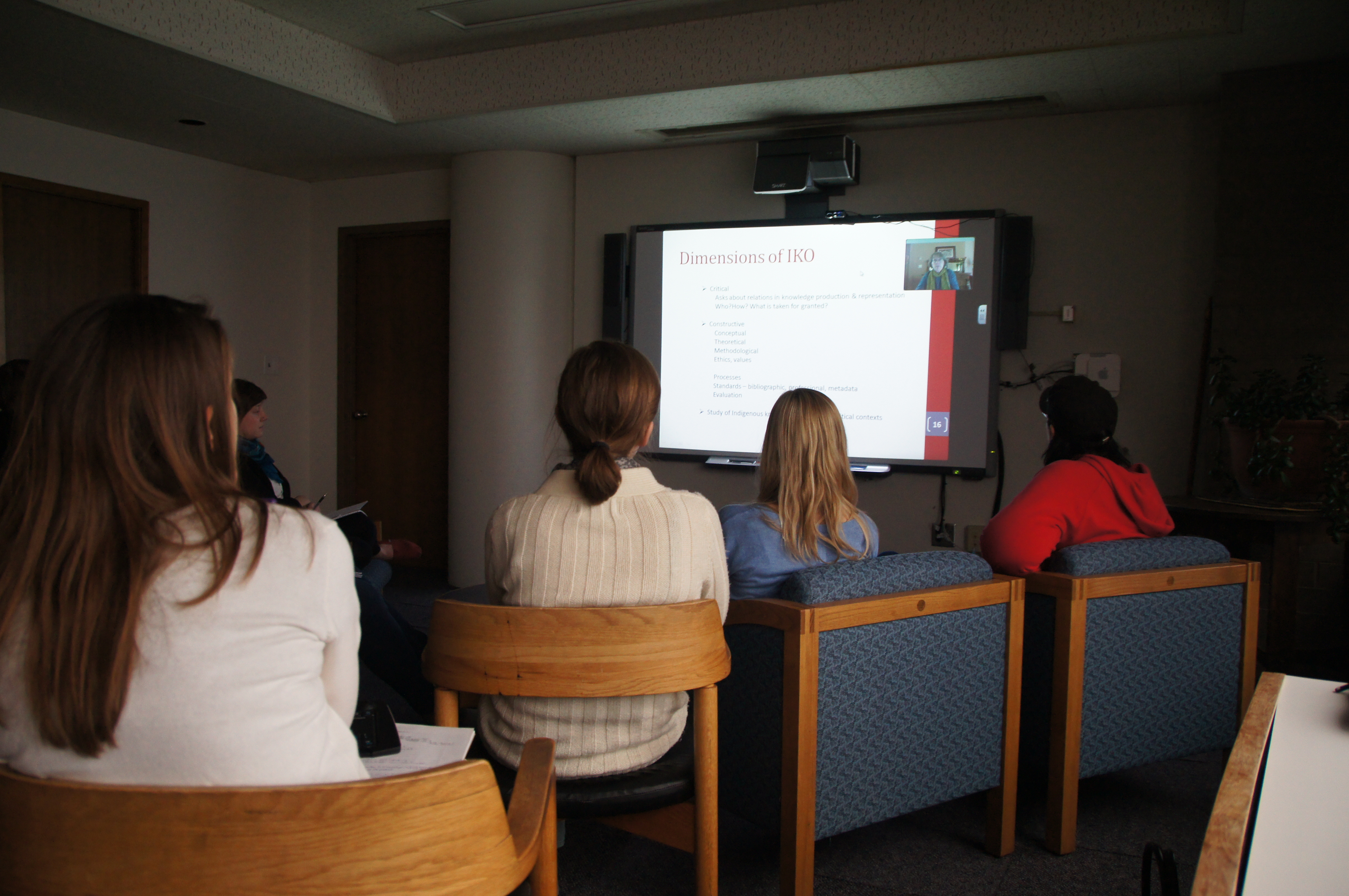Classification is an inherently human activity. We immediately seek to define and organize all phenomena we encounter in our everyday lives. Is something good or bad? What type of animal is that? Is it friendly or dangerous? Are those people part of my social sphere or are they outsiders?
These sorts of questions constantly run through our minds every day, so it should come as no surprise the knowledge organization and classification is an important topic of study among social scientists and information professionals. The issue of organizing and classifying information is especially problematic with regards to Indigenous people, and there have been a number of efforts in recent years to modify and improve the knowledge organization systems used by libraries and similar institutions.
The cataloging systems used by libraries have been criticized repeatedly for perceived biases that reinforce the cultural norms of mainstream culture while marginalizing ethnic minorities, unorthodox religious groups, and other often-overlooked communities. The common response amongst librarians is to modify the current cataloging system (e.g. Library of Congress or Dewey Decimal) to make it as balanced and neutral as possible.
However, some have questioned whether it is a realistic goal to try to create an objective classification system. “All classification systems are in essence biased, in that they are shaped by the cultures and worldviews in which they were created… A biased system may in fact be the most appropriate way to organize certain collections; it becomes problematic when the worldview represented by the classification system is incompatible with the worldview represented by items in the collection or the collection as a whole.” (Tomren 6-7). Based on this notion, a number of Native groups from across North America have created their own knowledge organization systems grounded in their traditional worldviews.

Indigenous knowledge organization was the topic of class on April 3, 2014, and we had the opportunity to speak with Ann Doyle, the head of the Xwi7xwa Library of the University of British Columbia. Having its origins in the 1970s as the Indian Education Resource Centre, the Xwi7xwa Library was created in 2005 as a cooperative effort between the First Nations House of Learning and the UBC Library System.
Its current collections consist of roughly 12,000 items focusing on First Nations in British Columbia. The library’s name is pronounced whei-wha, which means “echo” in the Squamish language, and it is the only Aboriginal branch of a university library system in Canada.

Ann Doyle explained to our class that because of the unique nature of the Xwi7xwa Library’s collections, they opted to utilize Indigenous methods of classification to organize the material.
“This commitment to Indigenous knowledge organization emerges from two interrelated assumptions: 1) mainstream library knowledge organization and naming systems carry the biases of the dominant culture and marginalize or completely exclude Indigenous histories, cultures, knowledges, languages, and efforts toward self-determination… 2) the development of meaningful knowledge organization systems for the Indigenous knowledges held within libraries is integral to the larger projects of Indigenous scholarship, research, and pedagogy at local and global levels.” (Doyle 436).
As mentioned above, the biases in a classification system are problematic when they are incompatible with the worldview represented by the objects they seek to classify, and therefore, staff of the Xwi7xwa Library created their own system based on the Brian Deer Classification System, which had been developed by the National Indian Brotherhood (now the Assembly of First Nations) in the 1970s.
The Xwi7xwa system since has gained traction in the library world, and the Library of Congress recently partnered with them to develop the First Nations House of Learning Indigenous Thesaurus for library subject headings.

This trend in knowledge organization, where a unique classification system is formulated specifically for a particular community, represents a divergence from traditional library practice.
In the past, librarians have tried to create a universal system, “the one catalog to rule them all” (to paraphrase The Lord of the Rings). Now, the difficulty becomes how to incorporate such a classification system into a larger institution with diverse collections. There is no answer to this dilemma yet, but the fact that we are asking these questions shows progress is being made in the right direction.
-Eric Tollefson
Related Readings
Doyle, Ann M. “Naming and Reclaiming Indigenous Knowledges in Public Institutions: Intersections of Landscapes and Experience.” Knowledge Organization for a Global Learning Society: Proceedings of the 9th International Conference for Knowledge Organization. Wurzburg: Ergon Verlag, 2006. 435-442.
MacDonnell, Paul, Reiko Tagami, and Paul Washington. Brian Deer Classification System. Vancouver, BC: School of Library, Archives and Information Studies, University of British Columbia, 2003.
Tomren, Holly. Classification, Bias, and American Indian Materials. Unpublished paper. San Jose, CA: San Jose State University, 2003.
